Too Many Golf Balls
When it comes to golf balls, today’s golfer is spoiled for choice. In fact, it’s overwhelming. Go to a big box store and you’ll find a dozen brands of golf balls, each with 3 or 4 or 7 or 8 models. Add to that the exploding market of direct to consumer golf balls. How can you make an informed choice in the face of this ocean of options? By reading Plugged In Golf’s Golf Ball Buyer’s Guide.
Money
There are a lot of factors to consider when choosing a ball, and price is one of the most obvious. You can pay anything from $0.50 to $4+ for a golf ball. While some of you may not be concerned with price, it may be a deciding factor for others.
If you do feel that your choices are limited by price, I would suggest looking into used golf balls. There are a plethora of sites that sell high quality used golf balls for a fraction of the new price. I would also recommend looking for deals on older models. While there are improvements from year to year, they are typically modest. There’s also an expanding market of companies making premium balls for prices well below those of the big names.
The Technical Stuff
When it comes to golf ball technology, there are 2, possibly 3, things that really matter.
The Cover – When it comes to the cover, there’s urethane and there’s everything else. Every $40+ tour ball has a urethane cover because that’s what delivers the most spin on wedge shots. The downside of urethane is that it’s not as durable as cover materials like surlyn. However, durability is less of a concern as manufacturers learn to make more durable urethane covers and wedges no longer have the ball-destroying grooves of yesteryear.
The Layers – From cover to mantle to core, golf balls are made of multiple layers. Inexpensive distance balls are generally made of just two pieces. On the other end of the spectrum, tour level golf balls have anywhere from three to five layers. These extra layers give the engineers more flexibility to use different materials and more finely tune the ball’s performance.
Compression – Compression used to be a major part of golf ball buying (and marketing), then it almost disappeared, and now it’s making a comeback. Compression used to be a measure of manliness – playing a high compression ball meant you were a stud. Now there are Tour-level balls with low compression because the emphasis has shifted to “low compression feels good.”
Different Golf Ball Fitting Methods
Just as there are many different golf ball manufacturers, there are many different theories about the best way to fit a golf ball. Let’s take a quick look at three of the best known.
Distance is King/Fit for Swing Speed – The Bridgestone Method
What does every golfer want? More distance! So let’s pick the ball you can hit the farthest.
Of course, that’s a slight oversimplification, but that’s what Bridgestone’s ball fitting is primarily about: distance. Their Tour B family is explicitly divided into swing speeds of “Above 105 MPH” and “Below 105 MPH” to help golfers choose.
From Green to Tee/Everyone Needs a Tour Ball – The Titleist Method
If you’ve watched more than a minute of golf or picked up any golf magazine, you’ve seen Titleist’s ads stating that every golfer should play the ProV1 or ProV1x. Their logic seems airtight: most shots are taken within 100 yards of the green, and tour balls perform best in that area.
In truth, the Titleist fitting process is a little more involved than simply, “Buy a ProV1.” They advocate starting on and around the green and finding the ball that performs best for you in those areas. Only if you are pleased with the short game performance of multiple different models should you use distance to decide.
Tour Balls for Tour Players – The Srixon Method
This last one isn’t so much a fitting method as a different perspective on the idea of amateurs playing tour balls. In past ads, Srixon has claimed that tour balls, which spin more, will exacerbate the average player’s tendency to slice and hook the ball. Bridgestone has picked up on this idea in their marketing of their e-Series golf balls. They promote a lower spinning ball as a better option for recreational players.
The Plugged In Golf Method
I don’t necessarily support or oppose any of these methods. Ultimately, it comes back to why you play the game. If you play purely to have fun and to out-drive your buddies, then you should buy the longest ball. If you want to shoot the lowest scores, find the ball that will help you do that. In the end, these fitting models are simply frameworks that will help you to make a decision, but none of them can fit every player perfectly.
He founded Plugged In Golf in 2013 with the goal of helping all golfers play better and enjoy the game more.
Matt lives in the northwest suburbs of Chicago with his wife and two daughters.
- Performance Golf Click Stick Training Aid Review - October 18, 2024
- Callaway Opus Platinum Wedge Review - October 17, 2024
- When to Take a Break from Golf - October 15, 2024


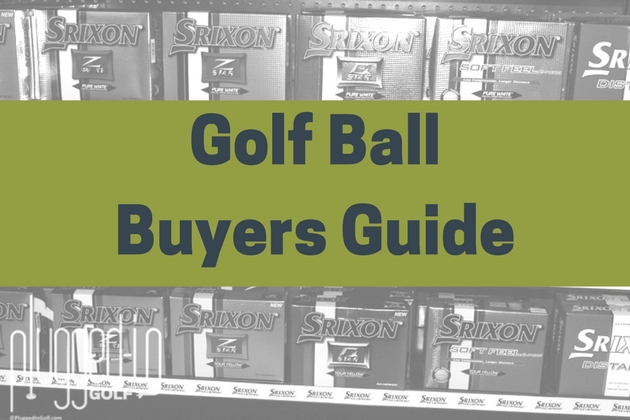
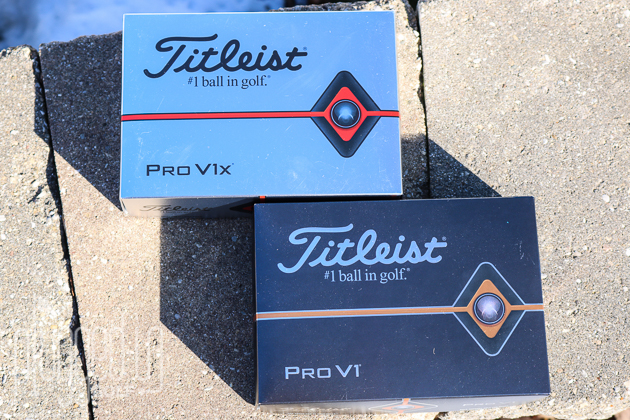
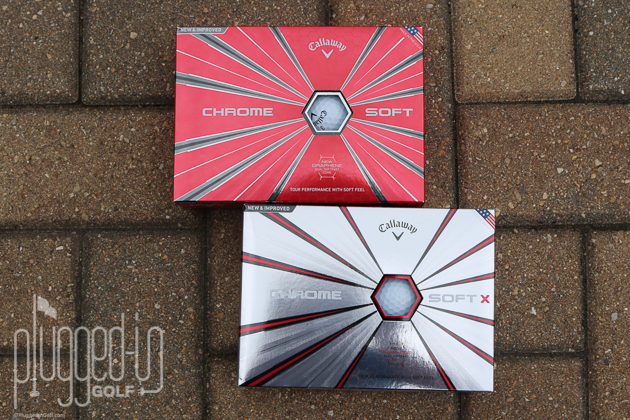
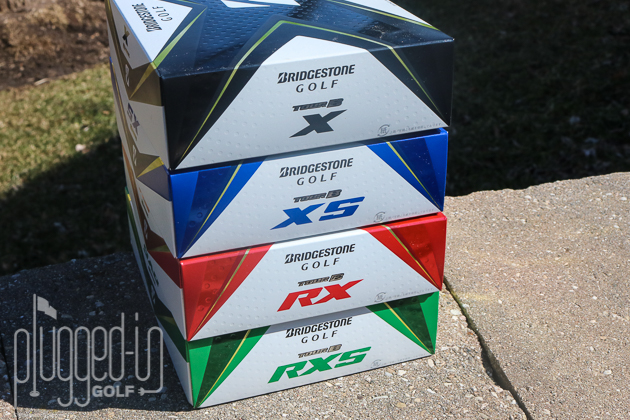

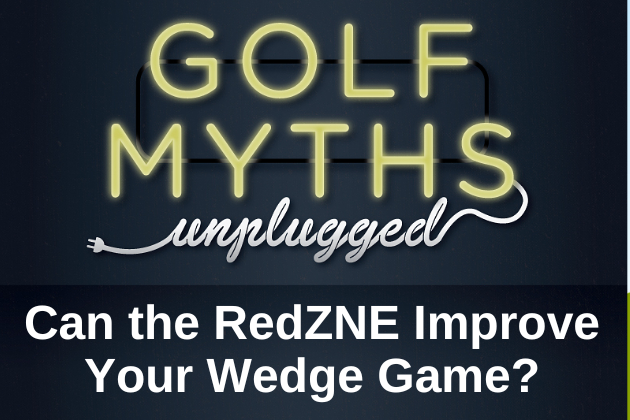
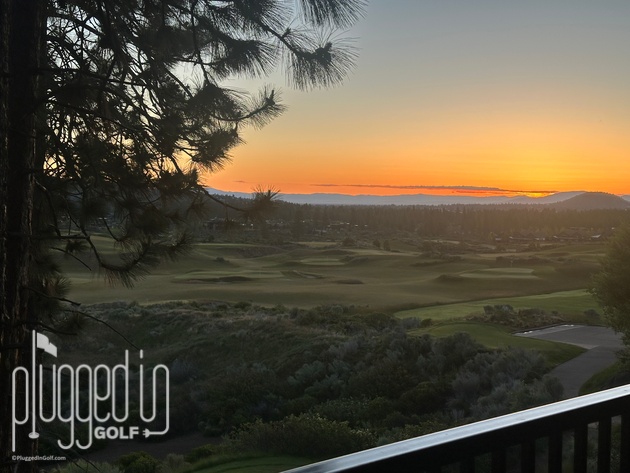









7 Comments
Of course I read this article waiting for the magic answer that doesn’t exist! LOL!
I’ve found that the biggest decision is whether to play a tour ball (ProV1 or Z-Star) vs “just below” (E6 or NXT). Once you decide that, you can’t really go wrong with so much quality out there
Help Matt please ! I’m a near 65 yr old male beginner and borrowing balls for putting and bunker practise ( Shame and disgrace i know ) . Have been to the range a couple of times since getting injured towards the end of my first lesson a couple of years ago ! Have been borrowing a ladies Ping ultra light shaft Rhapsody 12 and 14 deg drivers . getting the hang of it and now consistent at hitting over 90 yds every time . Heading to start playing soon , so what balls should i buy ? Can’t keep on sponging off others !!!
Ps #SecretGiveaway
David,
Try the Wilson DUO Soft. Great ball at a good price.
Best,
Matt
Subsequent to increasing this learning about my ideal ball, would i be able to even now accuse it when I hit an awful shot?
Hey Matt, I’ve been using the MTB-Black for the past 30 rounds, and have no complaints (except when I lose one). I’ve moved through the ranks, from the Wilson DUO Soft (a great starter ball) to Titleist Velocity, Srixon Q, and Taylor varieties, until I ultimately settled on the MTB series. They may not be for everyone, but their price point can’t be beat, and they perform really well both from the tee and around the greens.
Have you used CostCo’s brand Kirkland Signature 3-piece V2.0 Urethane Cover Golf Ball? If so thoughts? It’s about $1.25 per ball. Just started golfing and have a very high handicap so I’m looking for balls that are decent but relatively inexpensive since I’m bound to lose many.
John,
I have used a couple Kirklands. They’re fine balls, especially for the price.
Best,
Matt